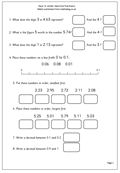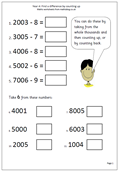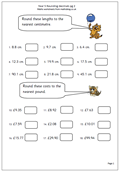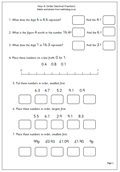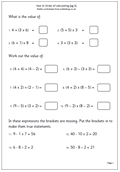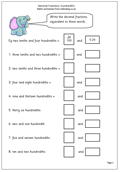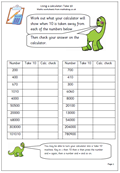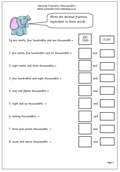 It is not often that you see maths for primary school children which includes thousandths. But the justification is that in certain areas of measurement children might well come across them. For example there are 1000 metres in a kilometre so a distance might be written as 2.345 k, where the 5 is 5 thousandths of a kilometre. The same can be said of litres and ml. So decimal fractions including thousandths are here to stay!
It is not often that you see maths for primary school children which includes thousandths. But the justification is that in certain areas of measurement children might well come across them. For example there are 1000 metres in a kilometre so a distance might be written as 2.345 k, where the 5 is 5 thousandths of a kilometre. The same can be said of litres and ml. So decimal fractions including thousandths are here to stay!
Once again, when looking at ordering numbers it is the digits to the left which are most important e.g. 0.1 is bigger than 0.09.
Again the hardest question here is probably the last: being able to write a number bigger than 0.09 but smaller than 1. An easy way to do this is to keep the hundredths digit the same and a thousandth is added e.g. 0.091. Of course 0.0900000000000001 would do equally well and some children like to explore these possibilities.
